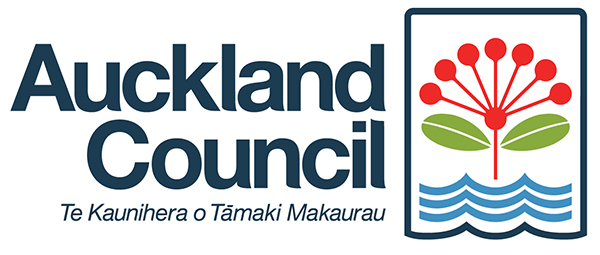Judith Jones’ involvement in audio description and with Arts Access Aotearoa since 2014 have been key elements in her kete as she continues to develop as an advocate for access and inclusion in the arts.
 “I love audio description and how it’s an art with a purpose,” says Judith, recipient of the Arts Access Accolade presented at Te Putanga Toi Arts Access Awards 2020.
“I love audio description and how it’s an art with a purpose,” says Judith, recipient of the Arts Access Accolade presented at Te Putanga Toi Arts Access Awards 2020.
“I’m a word person. I find words endlessly fascinating and I love using them in this context. I do a lot of research and enjoy building connections with our audiences and other describers, digging deep into how audio description works and understanding it is an art in itself.
“The most important intention with audio description is always to write words that work – that support the listener or reader to make their own meaning.”
The other award recipients are selected by a judging panel. The Arts Access Accolade, however, is chosen by Arts Access Aotearoa’s staff and board and presented to a person who has worked closely with the organisation to help it achieve its vision of a society where everyone in Aotearoa can access and participate in the arts.
Judith’s citation, prepared by the organisation, reads: “Judith Jones is an outstanding advocate for access and inclusion in the arts. Arts Access Aotearoa values her commitment, generosity of spirit, deep knowledge and desire to learn more. She always goes the extra mile to support Arts Access Aotearoa’s mahi and push the boundaries of what is possible. Thank you, Judith, for everything you have done for us over the past six years.”
Valued member of the Arts For All Wellington Network
Judith’s ongoing support for Arts Access Aotearoa includes writing resources and advising on audio description; speaking at events and panel discussions; and being a judge for the Arts Access Museums Award at the ServiceIQ New Zealand Museum Awards 2019. She is also a valued member of the Arts For All Wellington Network, representing Te Papa Tongarewa where she works as a host.
 Judith’s journey as an audio describer began in 2014 when she took part in a training course facilitated by Arts Access Aotearoa. She learned early on in her audio describing career that the audience is the best guide to what works.
Judith’s journey as an audio describer began in 2014 when she took part in a training course facilitated by Arts Access Aotearoa. She learned early on in her audio describing career that the audience is the best guide to what works.
“On my first public audio description tour, I thought I was so well-prepared,” she recalls. “I’ve never been good at numbers and had come up with ‘it’s like’ descriptions for sizes of objects, and was quite proud of that.
“For one object, I said: ‘It’s as big as a bath towel’. One of the audience asked, ‘How big is that in metres?’ and I checked the label to find out. I’ve included the actual number measurement ever since. It jolted me into really understanding that audio description doesn’t sit there by itself, it’s an art with a purpose.”
Developing a common goal key to success
In 2015, Te Papa set up a pilot audio described tour of selected works in Ngā Toi | Arts Te Papa. Getting everyone together to develop a common goal was key to its success, Judith says.
“We established a pilot reference group from people in the blind and low vision community. We all met up to talk about the gallery spaces, hear what our audience would like to experience, and discuss how we could deliver this most effectively.
 “We worked closely with the reference group, who were ready to challenge us, state their expectations and let us know what worked for them. I learned so much about how to be an advocate.”
“We worked closely with the reference group, who were ready to challenge us, state their expectations and let us know what worked for them. I learned so much about how to be an advocate.”
Judith, who then helped with audio describer training in Christchurch, has audio described a range of arts events and exhibitions, both live and pre-recorded.
A founding member of WIDance (Wellington Integrated Dance), she delivered audio description as part of its performances of The Art of Observation at the New Zealand Fringe Festival 2020 at the New Zealand Portrait Gallery in Wellington.
“We had some very positive and thoughtful responses from audience members,” she says. “People told me they experienced the audio description as an integral and rich part of the whole.”
Judith remembers that as a college student, she attended a UN youth leaders camp. “I remember walking into a student lecture theatre and there on the blackboard someone had written, in large white chalk capital letters ‘If you’re not part of the solution, you’re part of the problem’. It shifted something in my mind about who and how I might be as a person, and how doing ‘nothing’ can be as important as doing ‘something’.”
Judith knows exactly how she wants arts access in New Zealand to look in ten years’ time. “Wouldn’t it be great if what we’re all doing in ten years is charging ahead with exciting new initiatives to build on a truly accessible arts sector, framed by policy, and working with communities every step of the way. No one would be missing from the conversations in the sector.
“In 2030, no one would have to point out that the QR code needs to be at a height for wheelchair users to access. Everyone would have some plastic straws available for those who need them because their voices have been heard. We’d be well ahead of working to Code requirements.”


